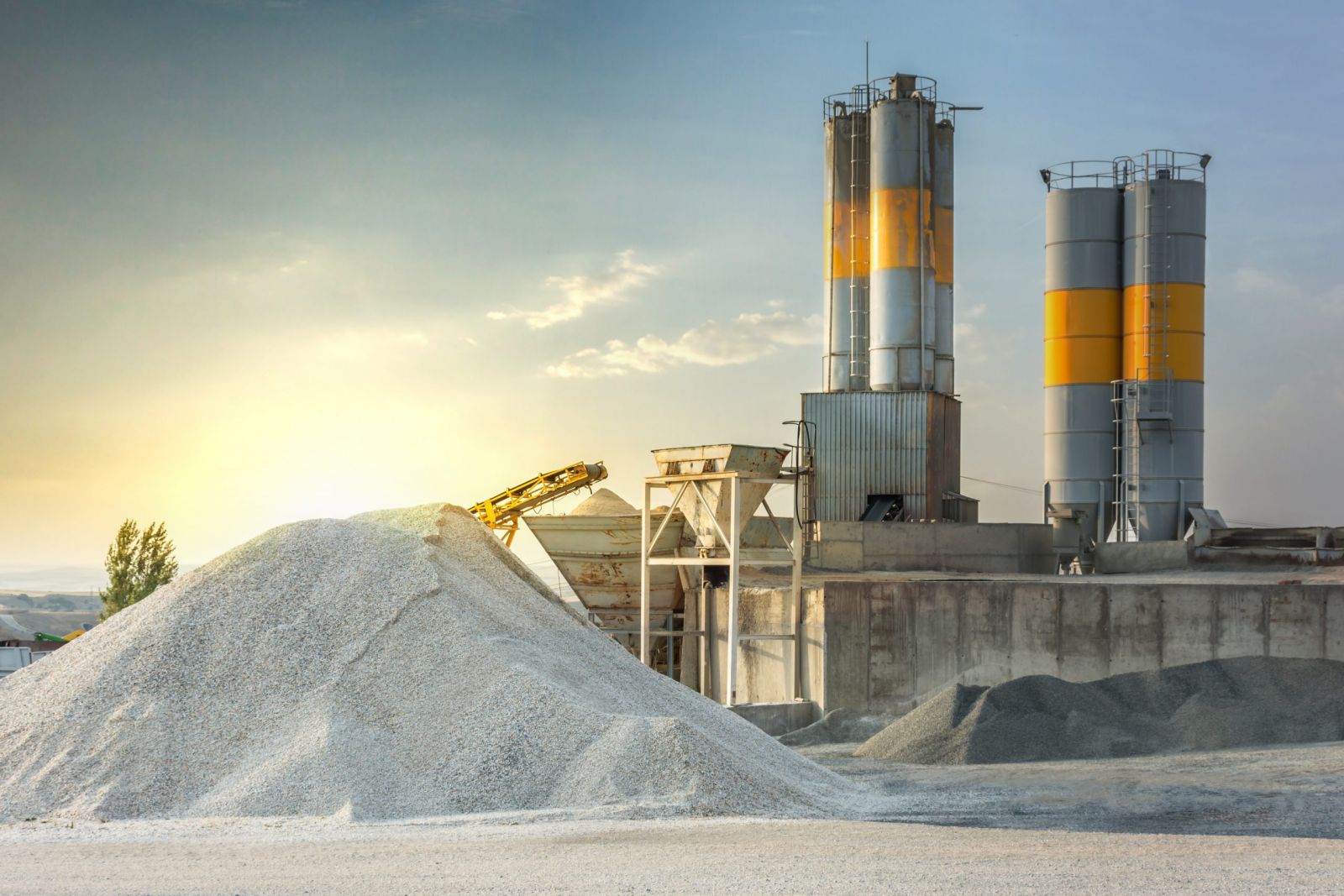
Do you want to know how many Types of Concrete exist?
Concrete is used in more buildings than any other material. In fact, after water, it is the world"s most widely employed substance. It is used to construct nearly every structure, from roads and bridges to apartment buildings and garages. Aside from being resistant to corrosion and decay, concrete is also fireproof. Due to its strength, longevity, and resilience, concrete is an indispensable construction material.
.png)
Normal Strength Concrete
We can make normal-strength concrete by combining the three main ingredients—cement, water, and aggregate. These concretes" strengths will range from 10 MPa to 40 MPa. The cement characteristics and weather conditions on the construction site determine the initial setting time of 30–90 minutes for normal-strength concrete.
Plain Concrete
There will be no reinforcing steel in the regular concrete. Water, cement, and aggregates are the primary ingredients. The typical mix design of 1:2:4 is the most popular. Plain concrete will have a density of 2200 to 2,500 Kg/m3. The strength ranges from 200 to 500 kg/cm2 in compression. Pavements and structures, especially in locations with a lower need for high tensile strength, are common places to find this type of concrete. These concrete provide a level of durability that is very satisfying.
Reinforced Concrete
Concrete with added reinforcement to withstand tensile forces is reinforced cement concrete. While it performs well in compression, plain concrete is weak in tension. As a result, the tensile strains will be supported by the reinforcements. R.C.C. functions by the interaction of the reinforcement and the plain concrete. Rods, bars, or meshes can all be utilized for the steel reinforcement in concrete. Reinforcing fibers have also been produced recently.
Prestressed Concrete
Prestressed concrete units are used for the majority of mega-concrete projects. In this method, the bars or tendons embedded in the concrete are stressed before receiving the full force of the service load. These tensioned bars were set firmly and held from each end of the structural unit during the mixing and laying of the concrete. Compression will be applied to the structural unit once the concrete has been set and hardened. Because of prestressing, the concrete member"s base will be better able to withstand tension.
Precast Concrete
It is possible to manufacture and cast various structural pieces according to the specifications and then transport them to the assembly location. Precast concrete refers to these factory-made sections of the material. Precast concrete units include common building components like concrete blocks, stair units, precast walls and poles, and concrete lintels. These modules are convenient because they require assembly to be fully built. Since production occurs on-site, reliability is ensured. Only transportation safety measures are implemented.
Lightweight Concrete
We classify as "lightweight concrete" any concrete that weighs less than 1920kg/m3. Lightweight aggregates can be produced by incorporating light particles into concrete mix design. The density of concrete relies heavily on the aggregates used in its composition. Pumice, perlite, and scoria are all examples of lightweight aggregates. Long-span bridge decks and other applications requiring concrete protection widely use light varieties.
These are also necessary for making the bricks.
High-Density Concrete
Heavy-weight concrete refers to concretes between 3000 and 4000 kg/m3 densities. Here, we make use of hefty aggregates. Coarse aggregates, like rock dust, are made from crushed rocks. Barytes is the most popular choice when looking for heavy-weight aggregates. These aggregates see the most widespread application in building nuclear power plants and related infrastructure. With the hefty aggregate, the building will be protected from radiation.

Conclusions about types of concrete
Concrete is widely used in the building industry for its long service life, resilience, stability, strength, and aesthetic appeal. There are many varieties and applications for concrete in the modern world. Many different types of concrete are used in the building business, so you may find exactly what you need for your project.

